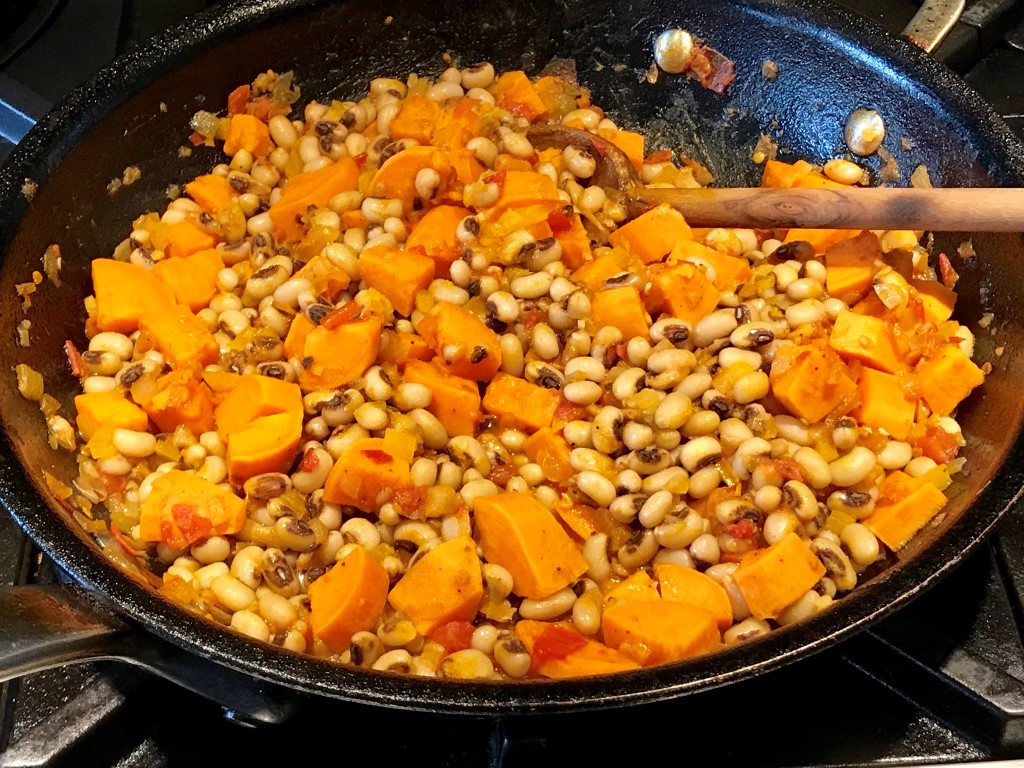
Customs and Cuisine of The Gambia
Gambia is the smallest country on the African continent. It is a long narrow country in western Africa surrounded by Senegal with the Atlantic Ocean on the west. The country is named for the Gambia River that runs through it. Early inhabitants populated Gambia in 2000 BC. Carthaginian sailors discovered the Gambia River in 470 BC.
Gambia’s population was estimated to be just over 2 million in 2016. Ethnic groups include Mankinka, Jakanka-Fulani, Tukulur, Lorobo, Wollof, Jola, Karominka, Serakuleh, Serere, and Manjago. The various ethnic groups live harmoniously. English is the official language but as many as 12 other indigenous languages are spoken as well. The country is predominately Muslim with about 4 percent Christian and 1 percent ancient indigenous religions. This tiny country has a literacy rate of about 55% and education is mandated from ages 7 to 15.
The Gambia has one of the lowest per capita GDP and is one of the world’s poorest. Female genital cutting is widespread and infant and maternal mortality is very high. Nearly half of all children die by age 5 due to malaria and diarrheal diseases.
England established a presence in Gambia as their first African colony in 1588. Gambia achieved independence from England in 1965 and was proclaimed a Presidential Republic in 2013. Gambia joined in the Confederation of Senegambia and is officially known as The Republic of The Gambia.
The economy is supported by the export of groundnuts, fishing, animal hides and tourism.
Cuisine
The sub-tropical climate in Gambia and the light sandy soil allows the cultivation of a variety of food sources. Over 75 percent of the population is occupied in agriculture and in raising livestock including beef, goats and sheep. Along with groundnuts, other chief crops are rice, millet, sorghum, corn, manioc, yams, taro, plantains, and beans. A large variety of fruits are grown including mangos, bananas, pawpaws, limes, oranges, coconut and grapefruit. Vegetables include okra, pumpkin, cucumbers, onions, bell peppers, and tomatoes.
Dishes are richly seasoned with thyme, turmeric, nutmeg, basil species, ginger, chilies, lemon grass, bitterleaf, coconuts and sesame. The cuisine of Gambia is similar to neighboring countries in West Africa and is influenced by the many ethnic groups, Arabs, the English and Portuguese. It is traditional to have a balance between colors for an attractive presentation.
Jollof Rice is a popular dish all throughout West Africa. The dish is made with rice, tomatoes and usually chickens.
Yassa is a dish prepared with fish or chicken marinated in lemon or lime juice, and then simmered with fried with onions.
Domodah is a ground nut stew that may contain hard boiled eggs, meat, fruits and vegetables and is served with rice.
Chep-bu–jen is the name of a fish and rice stew in the Wolof language.
Base nyebe is a rich stew of chicken or beef served with green beans.
Plasas is meat and smoked fish with a variety of green vegetables.
Chere is a steamed millet flour balls.
Fu fu (or foo foo) is a popular staple dish of sweet potato or maize flour made into a starchy paste and served with soups and stews.
Sources:
World Book Encyclopedia
Wordmark Encyclopedia of the Nations, Africa 12th Edition
World Almanac and Books of Facts 2017
Cambridge World History of Food
The Oxford Companion to Food
everyculture.com
View Recipes from Gambia
Gambia
